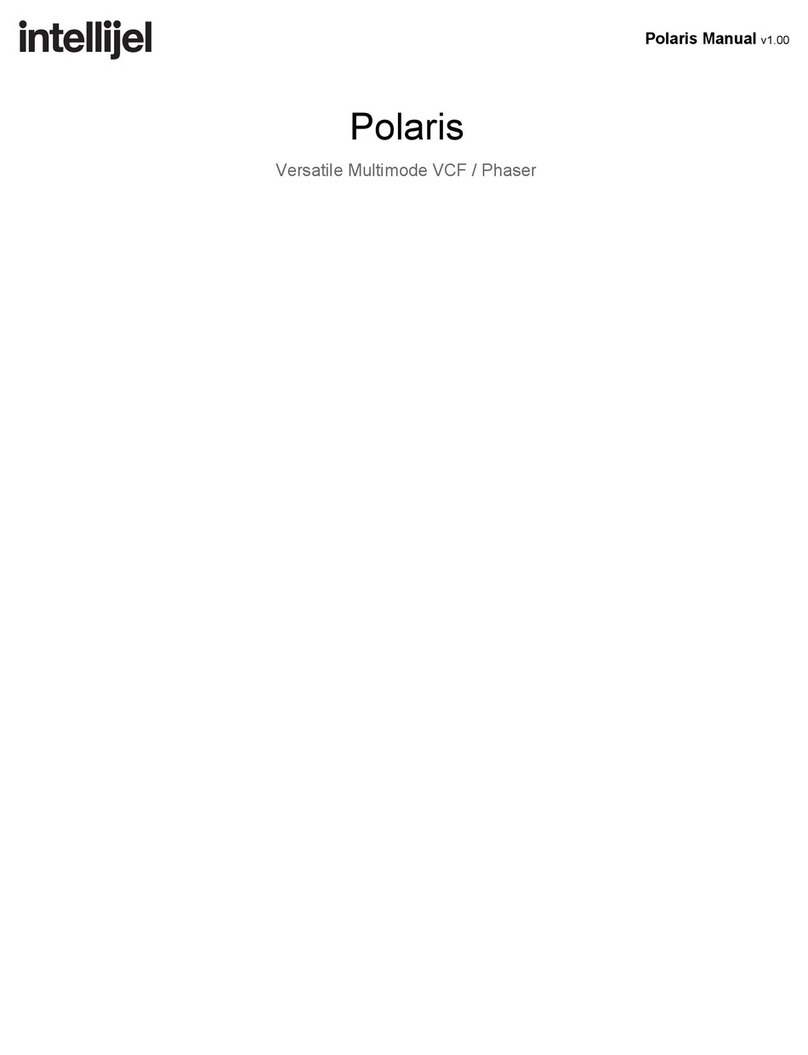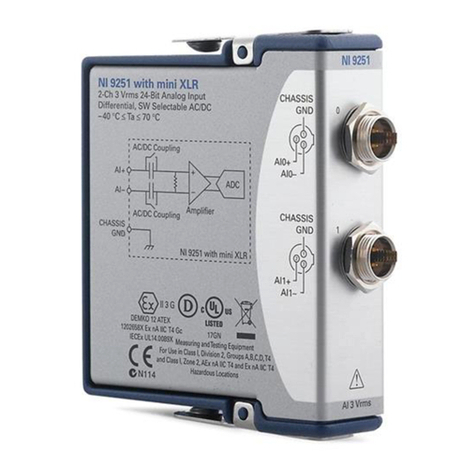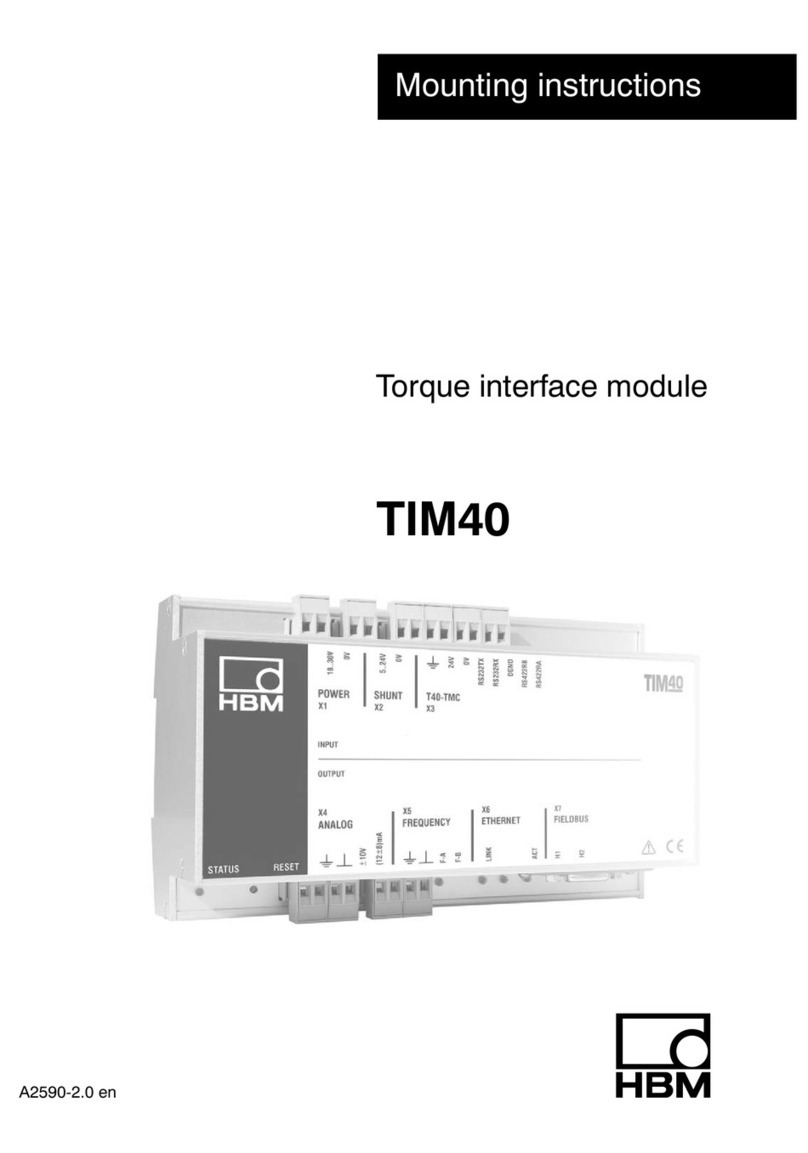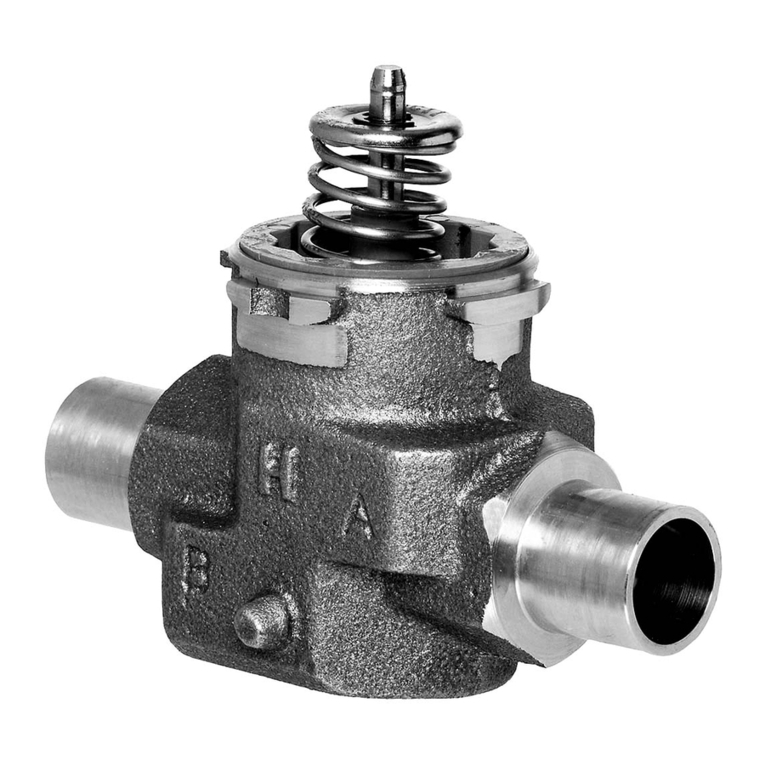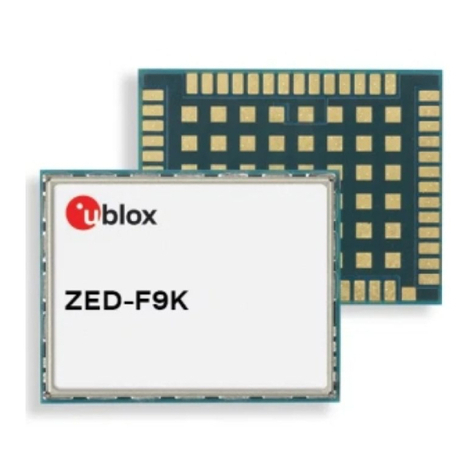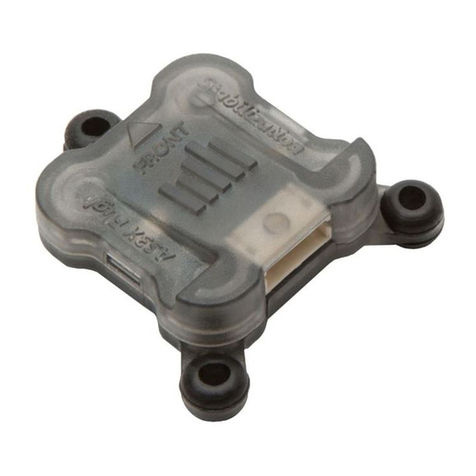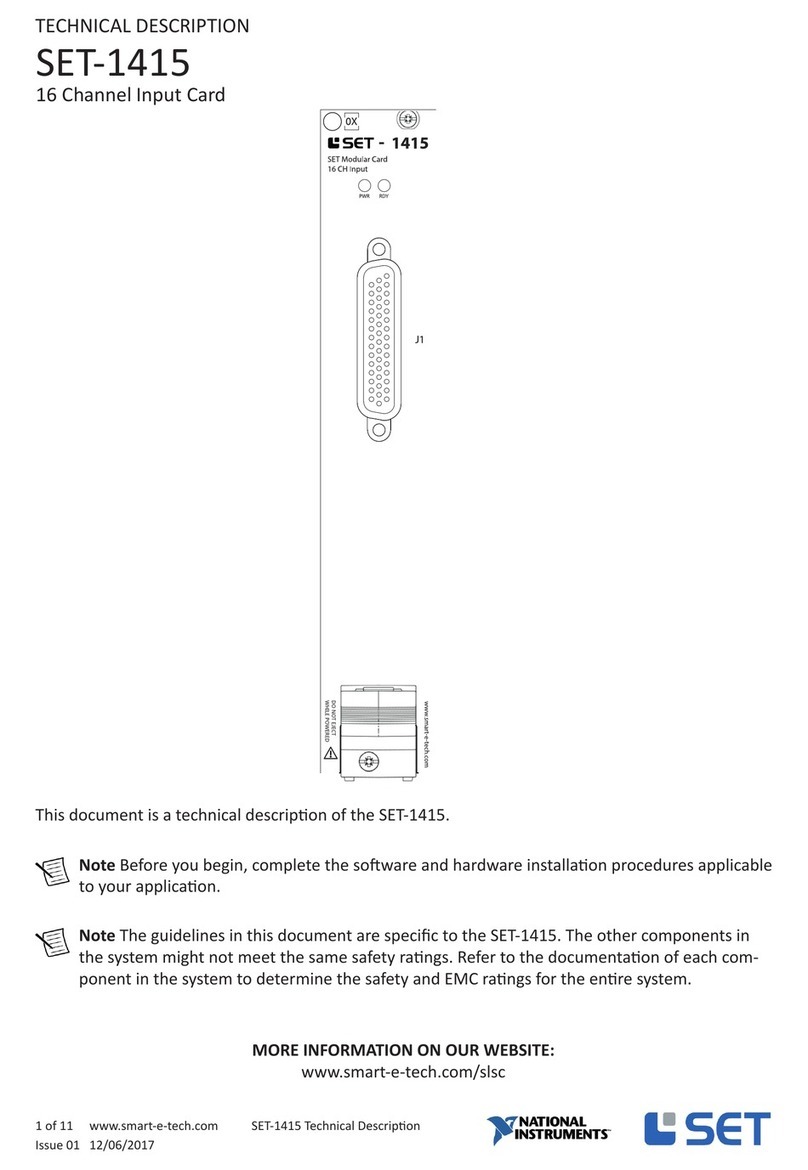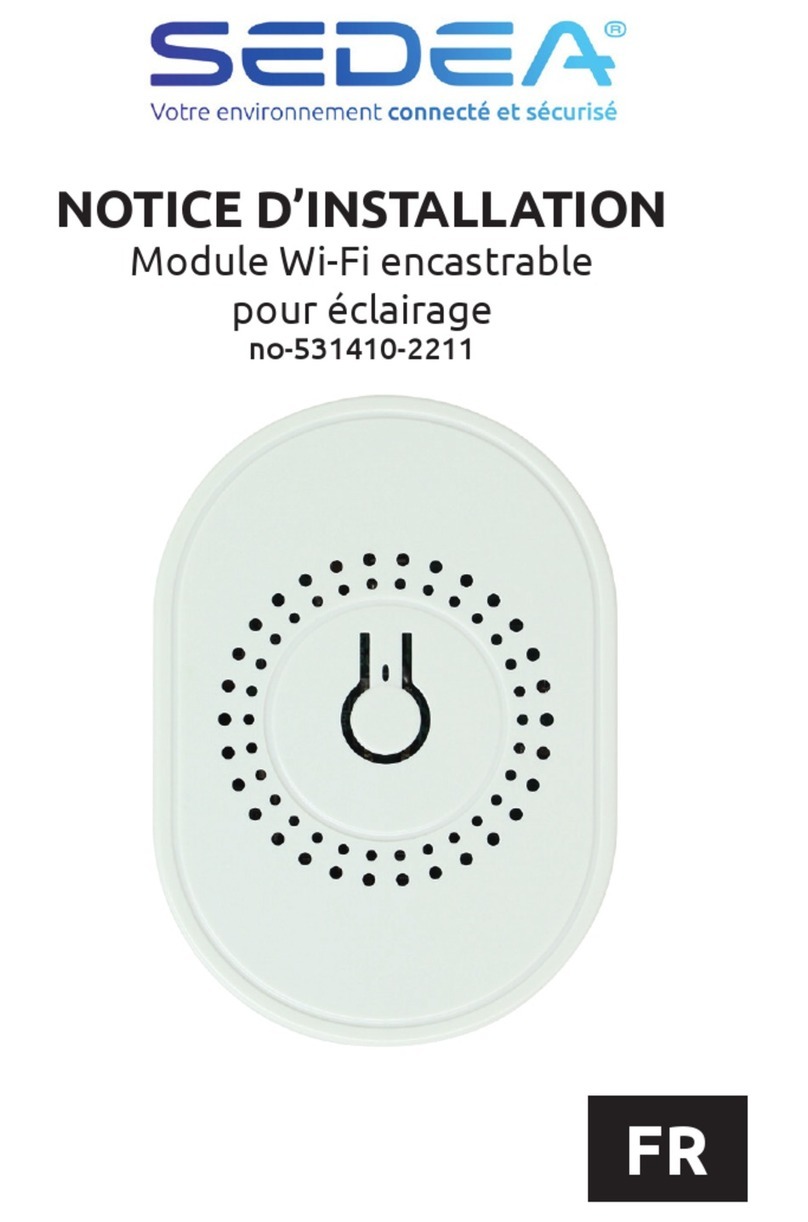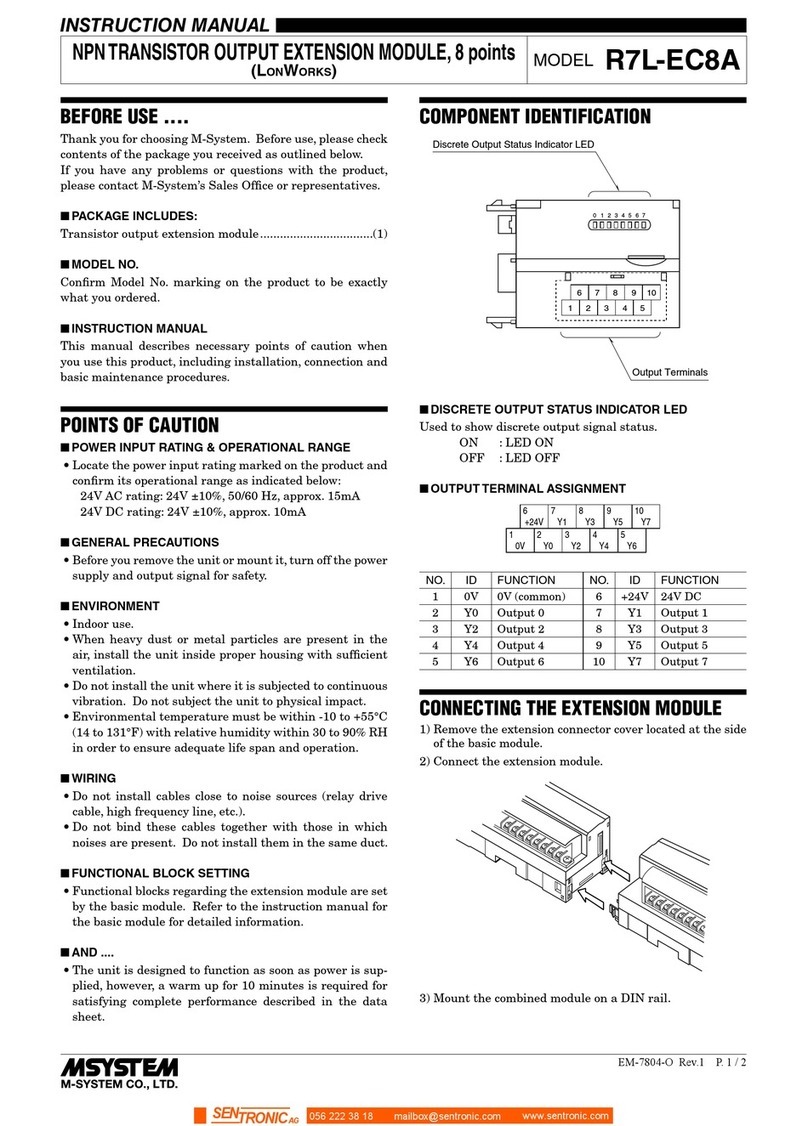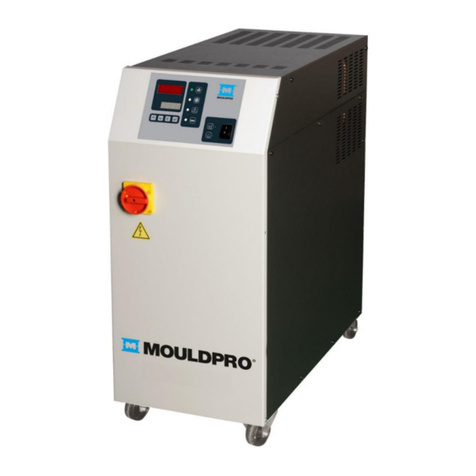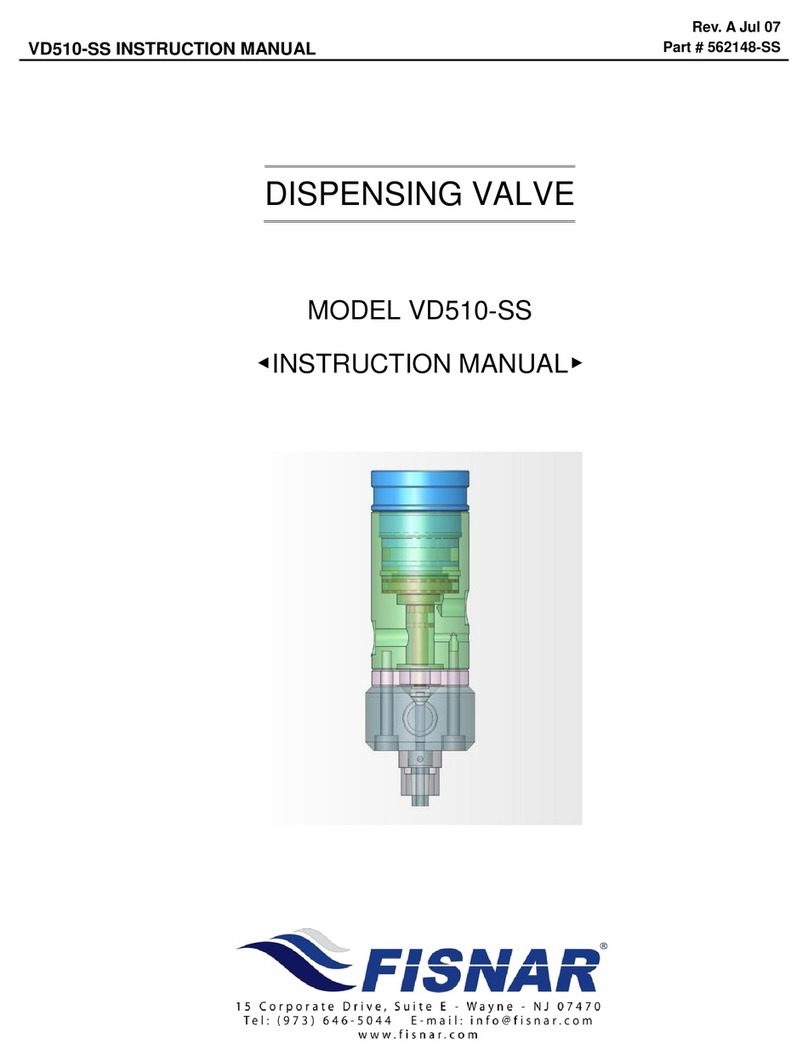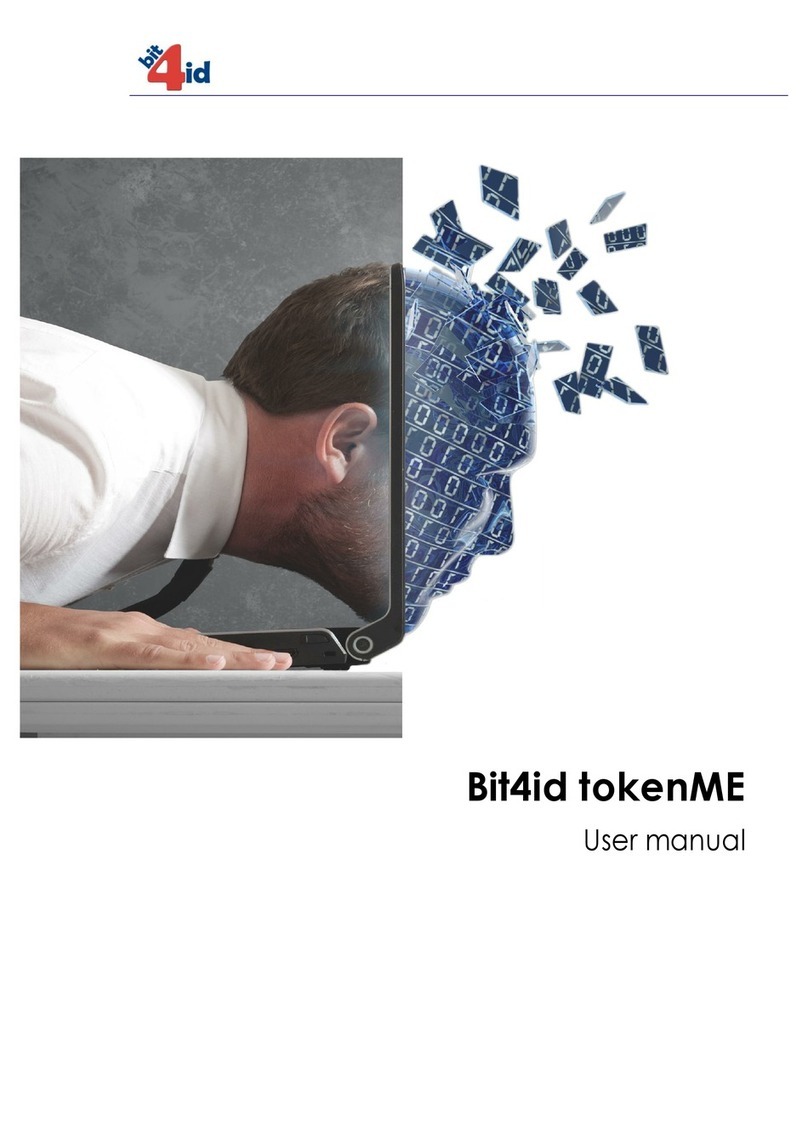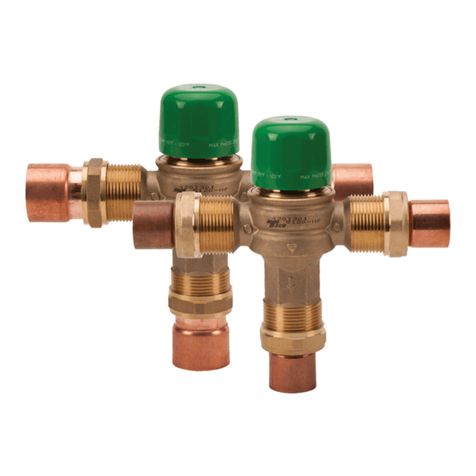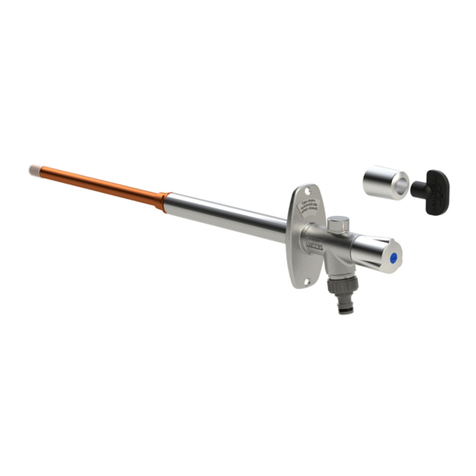Erthenvar Patch Chord User manual

http://www.erthenvar.com
Patch Chord | 2012.04.13 | p.1

Introduction
The Erthenvar Patch Chord is a unique processing device for Eurorack modular systems. The
functionality is best described as somewhere between an oscillator and a waveshaper. It can be
used to create chords or pseudo-polyphony in a modular synthesizer.
The Patch Chord continuously tracks the duration and duty cycle of an input waveform. From
these values, a total of 25 independent pulse oscillators with continuous pulse width and
frequency values are derived. The first oscillator has the same frequency as the input signal, 12
have frequencies above the input signal, and 12 have frequencies below the input signal.
In the default mode, all outputs have a semitone relationship. For example, if the input
frequency was 440 Hz, the output immediately above the unison output would have a frequency
one semitone up (466.16 Hz) and the output immediately below the unison output would have
a frequency one semitone down (415.30 Hz). Each following output has a semitone relationship
to the adjacent output until a full octave up (880 Hz) and full octave down (220 Hz) are reached.
The duty cycle of all of the outputs is the same as the input waveform.
Modulations
There are four modulations in the Patch Chord, each with a mode switch and ACV (audio-rate
control voltage) input. The mode switch has three modes: OFF, CV, and ON. The ACV jack is
normalled to GND, so the mode switch is “off” when the switch is set to CV and there is no cable
plugged in. All inputs have a comparator front-end with a threshold around 600 mV, so almost
any signal can toggle the input.
The modulation types are: SQR, INT, ZERO, and HOLD.
The SQR modulation forces the input to be tracked as if it had a perfect 50/50 duty cycle.
This means all of the outputs will also have a 50% duty cycle. Square waves can be used to
generate sounds reminiscent of vintage video games or certain genres of electronic music.
The INT modulation changes the relationship of all of the outputs from semitone to integer
or harmonic relationships. In above example where a frequency of 440 Hz was tracked,
the outputs adjacent to the unison output would also have a frequency of 440 Hz, since the
first harmonic is actually the fundamental. The next output in the up direction would have a
frequency of 880 Hz, followed by 1,760 Hz, all the way up to 5,280 Hz (440*12). The next output
in the down direction would have a frequency of 220 Hz, followed by 110 Hz, all the way down
to 36.67 Hz (440/12). The harmonic relationships offer a different palette compared to semitone
mode and can be used to create both musical and dissonant sounds.
The ZERO modulation resets all of the oscillators for as long as the switch or ACV signal
enables the ZERO function. The functionality is somewhat similar to sync on a traditional
oscillator. The input responds well to ACV along with varying pulse widths. It can be used to
Patch Chord | 2012.04.13 | p.2

create familiar sync sounds or pulsating drones.
The HOLD modulation stops the real-time tracking circuit and retains the previously tracked
frequency and duty cycle values. The oscillators continue to run, and the ZERO and INT
modulations will continue to work (SQR will not). This modulation can used to create infinite-
sustain effects with instrument inputs or stepped frequency outputs from continuous frequency
sweeps.
LED
A tricolor: red, green, and blue LED provides a variety of information. During start up, the
version number is shown as a series of white flashes. When the input signal is audio rate, the
LED has a unique color per note, and is the same across all octaves. Once the input signal
goes below audio rate, the LED flashes white while the unison output is high and is off while the
unison output is low. If the input signal goes too slow for the Patch Chord to track, the LED will
flash red.
A passive multiple of the IN signal is available so the Patch Chord LED can be driven even if its
outputs are not used.
Note Colors (actual colors may vary slightly)
A - Light blue C - Yellow Green D# - Orange F# - Magenta
A# - Teal C# - Yellow E - Red G - Purple
B - Blue Green D - Yellow Orange F - Pink G# - Blue
Specifications
Eurorack horizontal pitch 22 HP
Depth 60 mm (2.36")
Maximum Input Current (+5V) 65mA
Maximum Input Current (+12V) 65mA
Maximum Input Current (-12V) 65mA
Input Impedance 112kΩ
Input Threshold 600mV
Output Impedance 1.2kΩ
Output Swing +/-5V
Patch Chord | 2012.04.13 | p.3

First Patch
1. Set all switches to OFF
2. Connect an oscillator output to the IN jack
3. Plug a cable to one of the P1 outputs
4. You should hear a pulse version of your input signal
5. Mix several outputs to generate a chord
6. Set the SQR switch to ON
7. You should hear a distinct square wave (effect depends on input duty cycle)
8. Set the SQR switch to OFF
9. Set the INT switch to ON
10. You should hear a different frequency on all outputs (except for +1, -1, and P1 outputs)
11. Set the INT switch to OFF
12. Set the ZERO switch to ON
13. You shouldn’t hear anything
14. Set the ZERO switch to OFF
15. Set the HOLD switch to ON
16. Tweak the source oscillator frequency
17. You shouldn’t hear any change on the output
18. Set the HOLD switch to OFF
19. You will probably hear a jump in frequency on the output
Troubleshooting
If the Patch Chord LED does not flash white during startup
1. Check if the 16 pin ribbon cable is plugged into the module and the red stripe goes
toward -12V on the bus board (normally down)
2. Make sure your busboard supplies the required current on the +5V rail
3. Contact Erthenvar
If the Patch Chord does not generate sound or track the input signal
1. Make sure the Patch Chord is powering up (see above white LED flash troubleshooter)
2. Ensure a signal is plugged into the IN jack
3. Patch one of the outputs into your signal path (any jack on the bottom half of the
module)
4. Try disconnecting anything connected to the MULT jack
5. Ensure the ZERO switch is in the OFF position (all the way left)
6. Check that the HOLD switch is also in the OFF position (all the way left)
7. Contact Erthenvar
Patch Chord | 2012.04.13 | p.4
Table of contents
